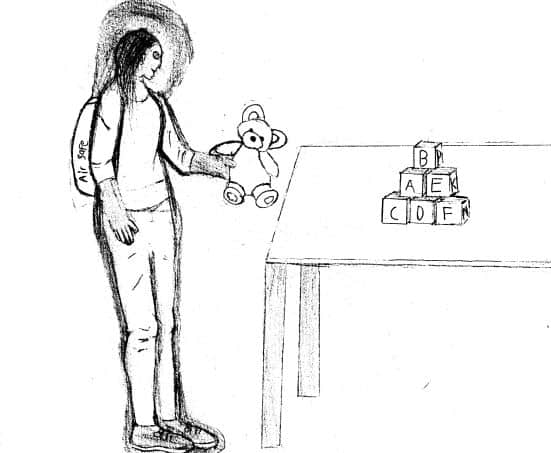It’s a good idea for ECE services to advise parents and caregivers to start collecting fees invoices from 1 July, so they can begin to apply and be refunded for ECE fees from October 2024.
FamilyBoost applies to households that earn up to $180,000 and pay fees to a licensed ECE service. Households can be reimbursed up to 25 percent of their ECE fees incurred after the 20 Hours Free ECE and MSD/ Winz Childcare Subsidy have been taken into account. This is up to a maximum amount of $75 per week.
Separated parents living apart are treated as having a separate household and may claim up to the maximum of $75 provided each parent meets at least a portion of the ECE costs and has separate invoices.
FamilyBoost is made available on a per household (rather than per child) basis, so parents/grandparents or whoever within the household pays the ECE fees, will only be able to make one FamilyBoost application for each three-month period.
Parents will be able to register with Inland Revenue for the tax credit and submit invoices directly through IR’s online system, myIR, every three months.
ECE service operators that do not currently provide invoices that meet minimum standards for a tax invoice have time before July to improve their system.
Additionally, we anticipate that Inland Revenue will require invoices to clearly show the amount payable less the amount for the hours claimed under 20-Hours ECE, and less childcare subsidy received. Amounts for non-fee charges such as excursions, lunches, and nappies to be separated as additional expenses and not bundled in with the fees. It would also make sense for the name of the parent/s on the invoice to be the same as the name/s of parents from whose bank account payment of fees is made – or for services to make invoices out to the names provided by parents (for example, one parent may have a different surname).
Benefits of FamilyBoost
The government’s primary objective of implementing a childcare tax credit is to directly increase the incomes of families who have children in ECE.
Those likely to benefit most will be parents whose children attend higher fee charging services and have their child in care for more than 20 hours a week.
Inland Revenue’s regulatory impact statement confirms that FamilyBoost could give a short-term boost to family income.
“Parents receive a payment to alleviate the cost of ECE relative to income in the short term”.
Knowing if this will be the case in the long-term is constrained by the lack of publicly available fees data. ECE services are not required to publish their full fees nor supply this data to the Ministry of Education.
After the FamilyBoost policy is implemented, Inland Revenue will have access to some ECE fees data alongside family income data. This can inform the government of the tax credits effect on fees data and family income. It may support better understanding of the impact of government subsidies paid to service providers /investment in the ECE sector. It may allow study of service provider behaviour around fee charging immediately following subsidy increases or parents having more money in their pocket.
Another benefit of FamilyBoost as pointed out by Dr Sarah Alexander is that “FamilyBoost might allow some people to use childcare when at the moment the numbers financially don’t stack up for them.”
FamilyBoost is a variation of the current donations tax credit model. It is similar to the childcare tax rebate scheme that was available to families and that National promised to extend should it win the 2005 general election prior to Labour’s introduction of 20-Hours Free ECE. Then the refund was provided annually – parents claimed childcare expenses at the same time that they filed their annual tax returns and claimed for donations.
Dr Sarah Alexander, chief advisor to the OECE believes that cash in the parent’s bank account every three months will be more noticeable and more useful for parents than the former annual tax rebate.
Family income and amount of rebate
All families earning up to $180,000 who pay childcare fees to a government funded licenced ECE service are eligible.
The maximum repayment reduces for families earning more than $140,000. Payments to families will be made three-monthly. For families with household income up to $140,000, the $75 per week payment cap will be paid as the three-monthly equivalent amount, so $975.
| Household income | Maximum weekly rebate | Amount refunded, paid three-monthly |
| Up to $140,000 | $75.00 | $975.00 |
| $150,000 | $56.25 | $731.25 |
| $160,000 | $37.50 | $487.50 |
| $170,000 | $18.75 | $243.75 |
Debt should not be incurred by families and there will be no ‘squaring-up’ process when IR is assessing annual tax returns, because refunds are final on submission of invoices and not adjusted if more recent family income information becomes available.
Inland Revenue is likely to do random integrity checks on invoices. It is ikely to check that ECE services are preparing compliant invoices and parents are not supplying a fake or falsified invoice.
Full details of FamilyBoost, including how to apply for it, will be available on Budget Day – 30 May 2024.








